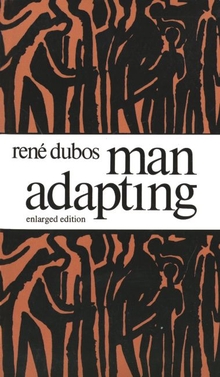Black Holes
WARNING
You are viewing an older version of the Yalebooks website. Please visit out new website with more updated information and a better user experience: https://www.yalebooks.com
The Membrane Paradigm
Edited by Kip S. Thorne, Richard H. Price, and Douglas A. MacDonald
Out of Print
This pedagogical introduction to the physics of black holes emphasizes the “membrane paradigm”, which translates the mathematics and physics of black holes into a form accessible to readers with little knowledge of general relativity but a solid grounding in nonrelativistic physics. This is accomplished without resort to approximations or loss of content.
Instead of treating a black hole’s “event horizon” as a globally defined null surface in four-dimensional space time, the paradigm views it as a two-dimensional membrane in three-dimensional space. Made of viscous fluid, electrically charged and conducting, with finite entropy and temperature but no power to conduct heat, this membrane is seen as having familiar properties that enable the reader to understand intuitively and compute quantitatively the behavior of black holes in complex astrophysical environments.
Instead of treating a black hole’s “event horizon” as a globally defined null surface in four-dimensional space time, the paradigm views it as a two-dimensional membrane in three-dimensional space. Made of viscous fluid, electrically charged and conducting, with finite entropy and temperature but no power to conduct heat, this membrane is seen as having familiar properties that enable the reader to understand intuitively and compute quantitatively the behavior of black holes in complex astrophysical environments.
"Undoubtedly the first major volume to treat black holes from the point of view of 'applied physics'. . . . Non-experts in general relativity should find this book a very useful guide to analyzing astrophysical phenomena around black holes. The experts will find it a valuable reference, on account of the numerous model problems that are analyzed. Undoubtedly, both will wish to own copies of the book."—Robert Wald, Science
"Although the chapters in this book were written by nine separate authors, they have been polished to speak with a single voice: it is the voice of a careful teacher who, while unafraid of mathematical precision, is not satisfied with a equation until a clear physical interpretation of it has been conveyed. By virtue of its pedagogical excellence, the book transcends its particular (membrane) viewpoint and is, quite simply, about the best single work on black holes yet written. The illustrations are numerous and clear, and the index is superb. Above all, it is a book in which physics never takes a back seat to formalism."—William H. Press, Nature
"The writing is a masterpiece of pedagogy. Each new idea is carefully illustrated by a set of model problems worked through in detail-the editors' way of building up the physical intuition considered so central to the membrane paradigm. The book is a must for anyone seriously interested in black holes."—Saul A. Teukolsky, Scientist
"A workingman's approach to blackhole physics-a hard hat must be worn when one enters this area."—Steven Detweiler, Physics Today
ISBN: 9780300037692
Publication Date: September 10, 1986
Publication Date: September 10, 1986
416 pages, 7 x 10








